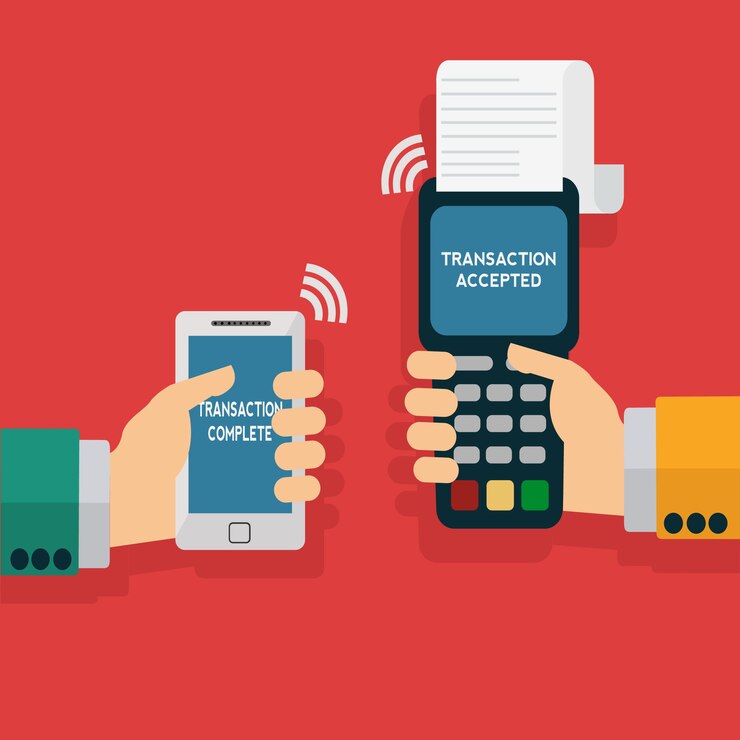In recent years, contactless payment technology has witnessed a surge in popularity,
transforming the way
transactions are carried out. By enabling users to make swift and convenient payments through a simple tap of their card or mobile device, contactless payments have become increasingly pervasive. However, like any technological advancement, it comes with its own set of advantages and disadvantages. In this article, we will delve into the pros of contactless payment technology—shedding light on its benefits as well as potential drawbacks. This exploration aims to provide readers with comprehensive insights into the multifaceted nature of this groundbreaking payment method.
Pros of Contactless Payment Technology
There are a variety of advantages that come with contactless payment technology. Some of these include:
Convenience and Speed
Contactless payments provide an unmatched level of convenience and swiftness. With a mere tap of their contactless-enabled card, smartphone, or wearable device on a compatible payment terminal, customers can effortlessly and expeditiously complete transactions. The elimination of card insertion and PIN entry not only saves time but also reduces the friction often associated with conventional payment methods. This revolutionary approach to payments streamlines the overall transaction process, offering unparalleled ease for customers and enhancing efficiency in everyday financial interactions.
Enhanced Hygiene
In the current era, where hygiene is of utmost importance, contactless payments offer an additional level of safety. By enabling customers to conduct transactions without physically handling cash or touching payment terminals,
the risk of germ
transmission is significantly minimized. This not only ensures a cleaner and more hygienic payment experience but also contributes to the overall well-being of both customers and merchants. The advent of contactless payments provides a valuable solution that aligns with today’s heightened focus on maintaining optimal sanitary conditions in our daily interactions.
Increased Security
Contactless payment technology incorporates multiple security measures to protect customer information. Transactions are encrypted,
making it difficult for hackers to intercept and extract sensitive data. Moreover, the need for physical contact or swiping a card reduces the chances of card skimming or fraudulent activities associated with traditional payment methods. The added security features provide customers with peace of mind and build trust in the payment system.
Versatility and Integration
Contactless payment technology showcases exceptional versatility,
as it can be seamlessly integrated with a multitude of devices and platforms. Customers have the freedom to utilize contactless-enabled cards, smartphones, smart watches, or even wearable accessories to conveniently complete transactions. Furthermore, the beauty of contactless payment systems lies in their ability to effortlessly integrate with existing point-of-sale (POS) systems. This compatibility enables businesses to readily adopt this technology without requiring substantial infrastructure modifications. The adaptability and ease of integration offered by contactless payments empower both customers and businesses alike, facilitating a smooth transition into this innovative form of transaction processing.
Contactless payment technology presents a plethora of advantages, including convenience, speed, improved hygiene, heightened security measures, versatility, and enhanced customer experiences. However, it is crucial to acknowledge that there are certain limitations and considerations associated with this payment method. These include reliance on robust technology and infrastructure for seamless transactions, transaction limits imposed by financial institutions or regulatory bodies, the potential risks of unauthorized transactions or fraud attempts, limited acceptance in specific locations or establishments, as well as privacy concerns. Evaluating these pros and cons is essential for businesses and individuals to determine the feasibility and suitability of adopting contactless payments based on their unique requirements. As technological advancements continue to unfold rapidly in this field, we can anticipate further refinement of contactless payment systems that address some existing limitations while amplifying the benefits for both customers and businesses alike.

